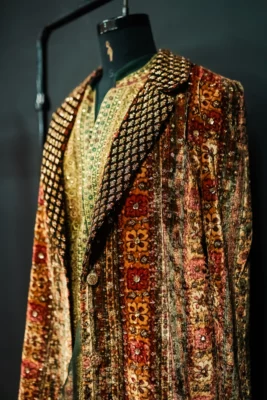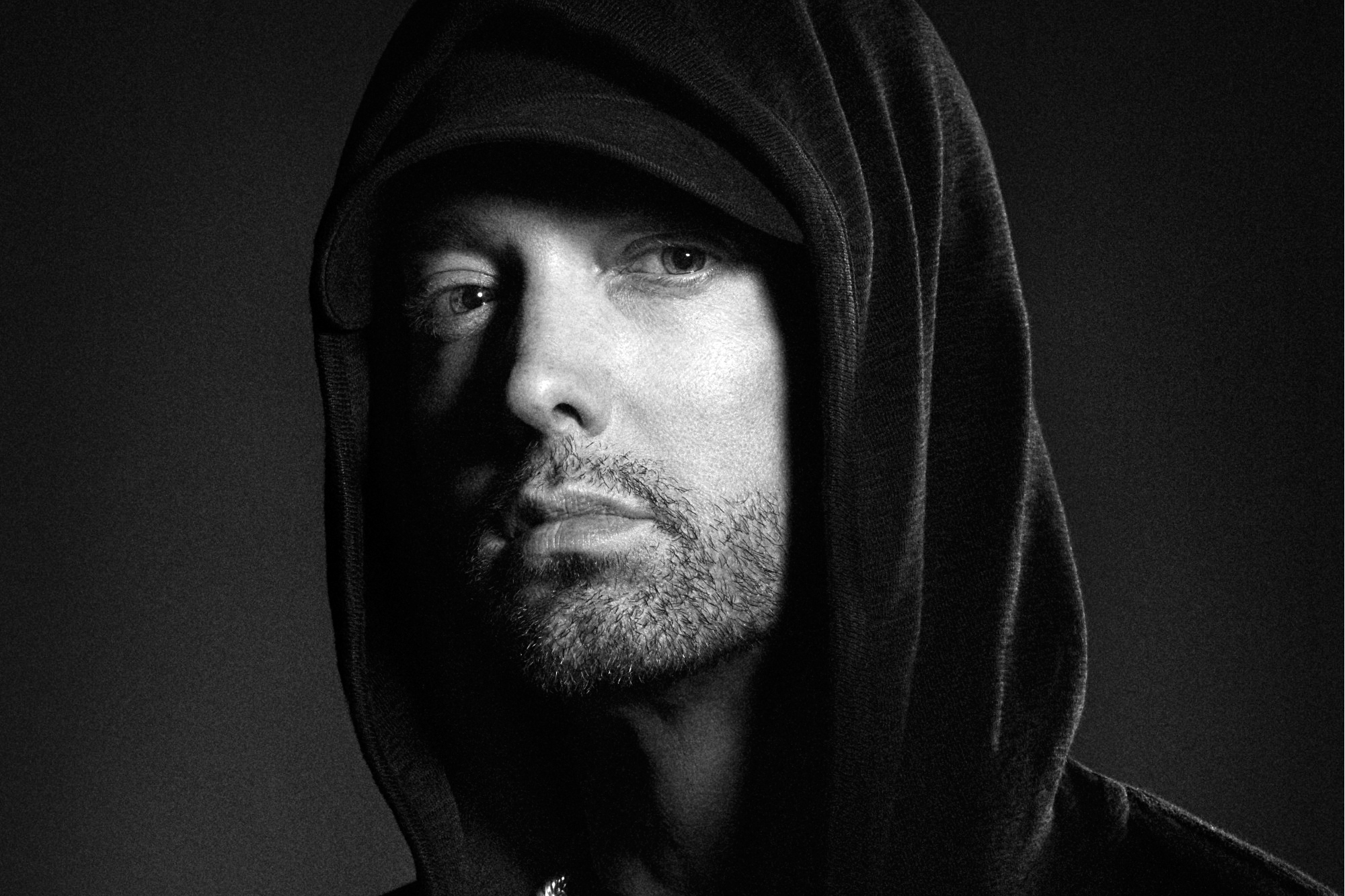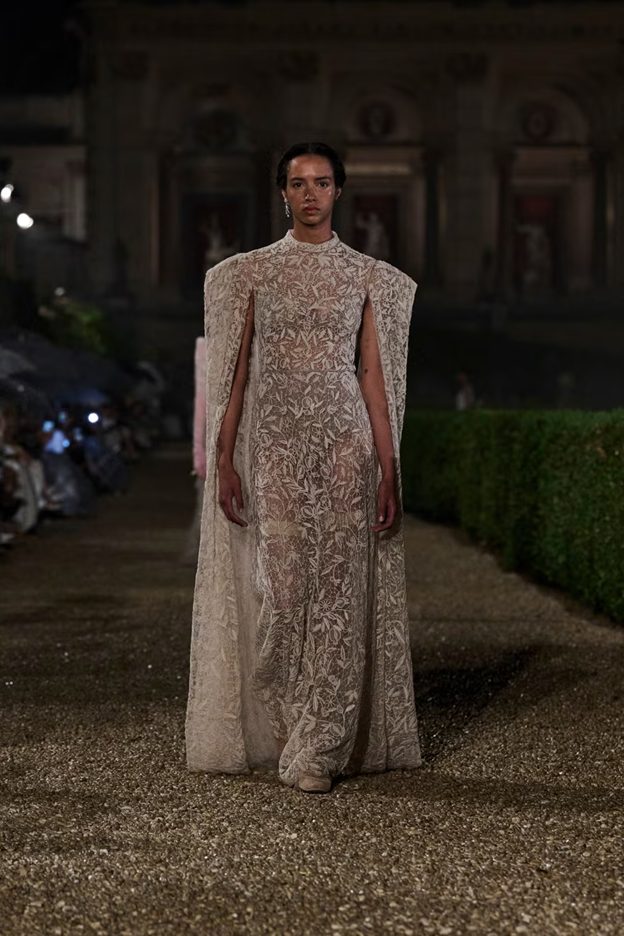
Ritu Kumar on making a return to Couture Week after a decade, and her journey to defining the couture business
Ritu Kumar’s first memory of clothes and everything they represent was not a pleasant one. In the early 1950s, when Bengal was still reeling from the aftermath of the famine that had shaken the global consciousness, Kumar came across weavers for the first time. The visions were startling—the craftspeople were setting their looms on fire in protest, and their wages were abysmal due to the taxes levied by the colonial government which continued for years. An independent India founded on the Gandhian ethos of handloom and prioritising the village economy would only bear fruits much later.
“Bengal was the craft area from where the British took all their fabrics but they had brought it down to a point where the weavers had started burning their looms, the block printers had definitely burnt their handblocks and the embroidery was totally non-existent in an area which always had the purest and the most wonderful type of textiles,” Kumar tells Vogue India. What could survive of the Indian textile heritage then? The answers to this question would form the bedrock of Kumar’s billion-dollar business, its expansion across the country and beyond.
The heritage trail
Clearly, for centuries, the British had systematically replaced Indian handloom with cheap, machine-made cloth. Despite revival centres and statutory bodies such as the Khadi Village Industries Commission, the grim effects are still felt. Earlier this year, when the government recognised the gamucha (a towel cloth) as the geographical indicator for Assam, Vogue India reported on how there were fears about how it would compete with the machine-made gamucha that was so easily widespread in the market. Kumar started reading about the rich world of Indian textiles but the only ones that were available were written by the British—limited in their approach, viewing Indian craftsmanship as a temporary means to a more commercial end, our motifs and patterns represented as exotic, needless fluff. Even the paisley motif, Kumar would discover soon, was lost to time. “I inadvertently went to this handloom little place in Calcutta and they were doing handblock printing on napkins that made me very curious, so I was told to go to Serampur, which is a Danish colony on the banks of the river and centre of handblock printing,” recounts Kumar. “When I arrived at Serampur, I stumbled across an old haveli—they were handblock printing on Murshidabad silk and also printing polka dots for the American markets that [demanded] scarves.”
What followed was purely accidental but made all the sense in hindsight—Kumar started drawing blocks and giving them to the craftspeople to make sarees. In Farrukhabad, Uttar Pradesh, she found a family with a heritage spanning 400 years in designing and making blocks. This would mark the beginning of Kumar’s lifelong fascination with and service to textiles—the magic they held, the burden of colonialism which had to be reversed, and the many stories that were caught between the warp and weft of life.
The doors of couture
In the book Costumes and Textiles of Royal India written by Kumar and published in 1999, she argues that Indian craftsmanship was informed by stories and hand techniques that were simply unparalleled anywhere in the world. Any inspiration, down to the granular level, was found in the Indian plains. On the runway, the traditions had to be respected. Between the Bollywood muses and the ever-changing contours of Indian models, the craft cannot take a backseat. Kumar has been conscious of adapting and innovating textiles and techniques but not to the point of diluting the patterns themselves—so much could be done with the styling, the draping of fabric, or just the confluence of disparate fabrics into one.

If I go to Machilipatnam and if I see them printing the Mehrab motif, I understand that we used to send these Mehrab pieces to Iran for the Persian rugs, so I took the Mehrab motif, added my own prints to it and made them into coats with sarees—this was the innovation but I don’t think I innovated on the print as much as I did on the styles,” explains Kumar. Her 2022 FW collection was similarly an ode to India’s nomadic community—The Banjara Edit—for which she drove around parts of Madhya Pradesh to shoot the collection. The range of the fabrics was exhaustive, from jamawars, to brocades, and embroidered silks. Almost two decades before this collection, in 1991, she presented a line called “The Tree of Life”, that displayed innovations in traditional craftsmanship such as chikankari and kalamakri.
In 2023, Ritu Kumar remains a brand that manages to strike a fine balance between its innate roots that started from those visions of the 1950s to becoming a multi-billion dollar business with an expansive family of craftspeople, and collections that straddle many worlds. With her younger son, Amrish Kumar, she introduced the “Label” brand in 2002 which still remains, after a decade, one of the brand’s most profitable ventures. It is no surprise that one of Kumar’s patrons was the late Princess Diana herself who would often break protocol, call up the store directly, park her cycle at the Mayfair behind the store, and walk the rest of the way. Princess Diana wore Ritu Kumar’s classic blue salwar kameez on a 1997 visit to Lahore with Imran and Jemima Khan accompanying her.
Her new couture collection for FDCI also marks her first major showcase after Reliance acquired a 52 percent stake in the brand. For this collection, her son, Amrish, sought inspiration from motifs and forms that formed Kumar’s mood board decades ago, particularly the Kalabattu embroidery from Lucknow. “Wars were fought with the French, the British, and the Dutch on trade routes to take textiles out of our country,” says Kumar. “We have a very old connectivity of chemistry of understanding yarns, the alchemy of dyes—no other country has it. And the fact that we’re still doing that is phenomenal.
POST A COMMENT
You must be logged in to post a comment.















